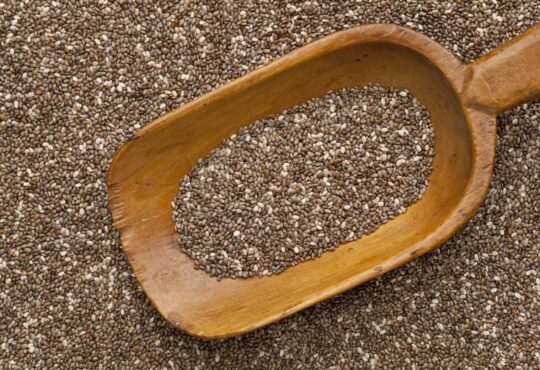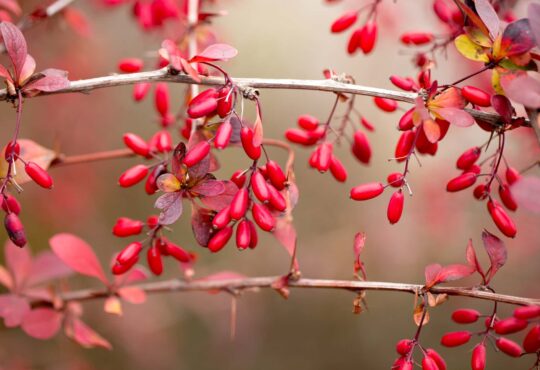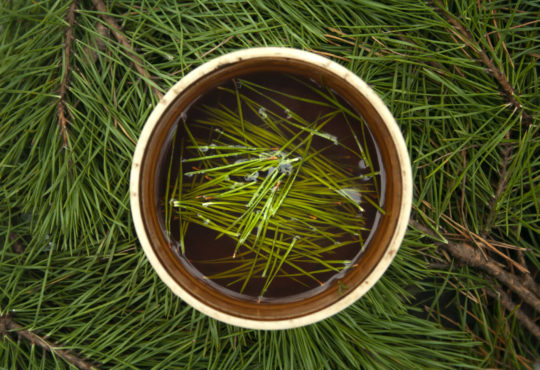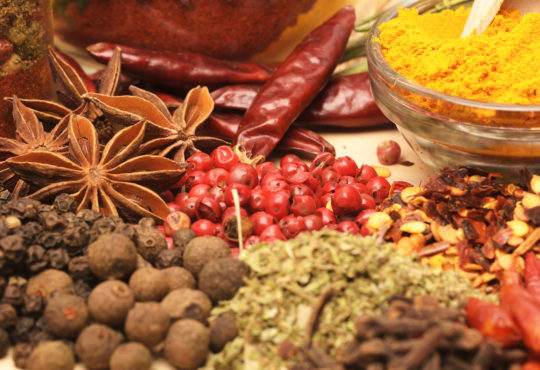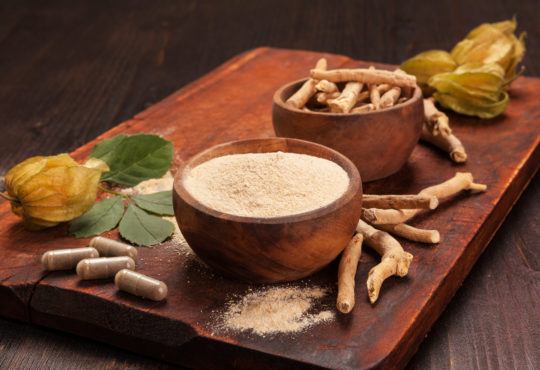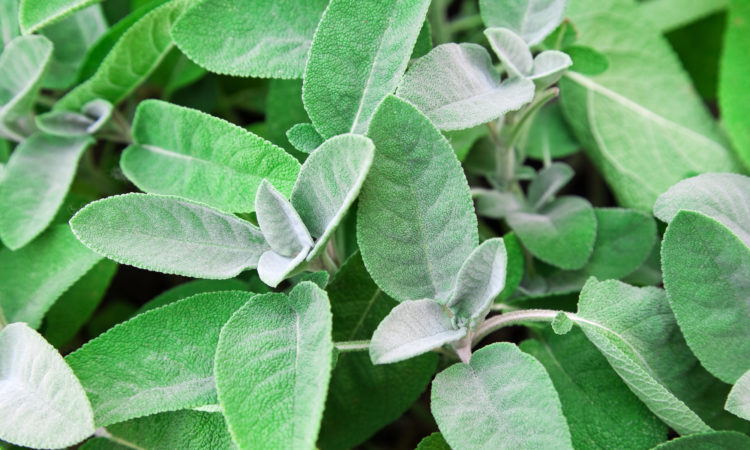
Maybe you’ve heard Simon and Garfunkel’s version of the old English folk song, “Scarborough Fair,” with its mysterious chorus: “Parsley, sage, rosemary, and thyme.”
Actually, nobody today really understands how the four herbs relate to the unrequited love expressed in the song, but it’s beautiful nevertheless.
(Me, I always figured “rosemary” was his old lover’s name, and “thyme” was a reference to “time” – as in, the sad effects of the passage of time.)
Anyway, sage is traditionally associated with long life – and now, science backs that up.
What is Sage
Sage is an evergreen shrub, an herb in the mint family – Salvia officinalis or Salvia lavandulaefolia in Latin. They’re actually a large number of distinct varieties.
It has a long history of use both as a spice and as a folk medicine. It was used medicinally by the ancient Greeks and Romans, Native Americans and Chinese.
The Romans reportedly used sage to help with digestion, as well as to treat wounds and sore throats.
The French made tea out of it.
It has a strong flavor and an “earthy” aroma.
Burning sage – called “smudging” – is associated with purification in spiritual rituals.
Sage’s health benefits include:
I. It’s an antioxidant.
Garden sage is the highest-ranking herb in antioxidant power – as measured by Oxygen Radical Absorbance Capacity (ORAC) score.
(Interestingly, parsley, rosemary, and thyme also rank highly. Maybe those old English folk singers knew about ORAC values.)
Sage helps prevent the cholesterol in cooked chicken from becoming oxidized.
Oxidized cholesterol is the most dangerous form. It may be one of the main causes of Alzheimer’s Disease – as well as atherosclerosis, kidney failure, and diabetes. Cholesterol becomes oxidized when you eat foods containing it. But sage blocks the cholesterol in chicken from oxidation.
Gargling with sage tea can help reduce inflammation in your mouth and throat – including mouth and throat sores.
II. It lowers cholesterol and sugar in your blood as well as protecting you from oxidized cholesterol.
In one study, it reduced LDL (“bad”) cholesterol in subjects by 19% in two months.
In another study, 80 diabetic patients were given either sage tablets or a placebo. At the end of three months, the group who took the actual sage had lower levels of both blood sugar and cholesterol. This suggests it may be useful for blood sugar control, though this will require more research.
III. It contains many nutrients.
Besides the antioxidants, sage contains large amounts of Vitamin K. Vitamin K is probably the least-known vitamin. It’s needed to regulate blood coagulation, wound healing, and bone health. Deficiencies in Vitamin K can result in excessive bleeding, calcification of blood vessels, and bone loss.
Besides being a notably rich source of Vitamin K, sage contains a wide range of other vitamins, minerals, and phytonutrients, including beta carotene, lutein, and zeaxanthin. The latter two are relatively uncommon, but important nutrients. It contains a total of 160 separate polyphenols.
One of the most powerful phytochemicals in sage is thujone. Thujone helps regulate the neurotransmitters GABA and serotonin in your brain. As a result, at low doses it has a stimulating effect, creating a positive mood. Serotonin is known as the “happy chemical.”
Some studies show sage helps increase focus and mental acuity. In studies done in Iran, it helped patients with mild to moderate Alzheimer’s improve mental performance.
How to Consume Sage
The leaves have fine, hair-like fuzzy projections. This makes them unpleasant to eat raw.
You can add them to many cooked foods, from meats and seafood to lemon and butter. You can add dry leaves in both rubbed and powdered form.
It also complements other herbs.
Traditionally, sage has been used in many holiday dishes such as sausages and stuffings. It’s also added to butter to flavor plates of pasta.
You can make sage tea. Steep the leaves in boiling water for three to fifteen minutes, to your taste, then strain out the leaves.
Where to Find Sage
You can probably grow it in your garden.
Or you can no doubt find dried sage in the spice aisle of your local supermarket. Store it in an airtight container away from heat, light, and moisture. Well-stored dry sage retains its flavor for up to a year.
Caution: The biochemical thujone can cause seizures in experimental animals.
Also, thujone has caused seizures in people consuming large amounts of sage essential oil.
Thujone may be risky for pregnant and breastfeeding women.
There appears to be no risk to people who simply use sage to spice food or who drink a few cups of tea every day.
Therefore, I suggest avoiding sage essential oil and taking high amounts of sage in any form – especially for long periods of time.
If you have a history of seizures, check with your doctor.
Because it’s so rich in ORAC, sage is a powerful way to boost the antioxidant power of your meals.
https://galaxymusicnotes.com/pages/about-scarborough-fair
https://nutritionfacts.org/video/how-to-reduce-cholesterol-oxidation/
https://www.nccih.nih.gov/health/sage
https://www.thespruceeats.com/what-is-sage-1328645
https://www.healthline.com/health/benefits-of-burning-sage
https://nutritionfacts.org/video/benefits-of-marjoram-for-polycystic-ovary-syndrome-pcos/
https://www.youtube.com/watch?v=QKojK6QuDQ0
https://www.ncbi.nlm.nih.gov/pmc/articles/PMC4206016/
https://www.researchgate.net/publication/51509923_Determination_of_the_biologically_active_flavour_substances_thujone_and_camphor_in_foods_and_medicines_containing_sage_Salvia_officinalis_L
https://www.nhs.uk/conditions/vitamins-and-minerals/vitamin-k/
https://lpi.oregonstate.edu/mic/vitamins/vitamin-K
https://www.youtube.com/watch?v=QKojK6QuDQ0&t=83s


